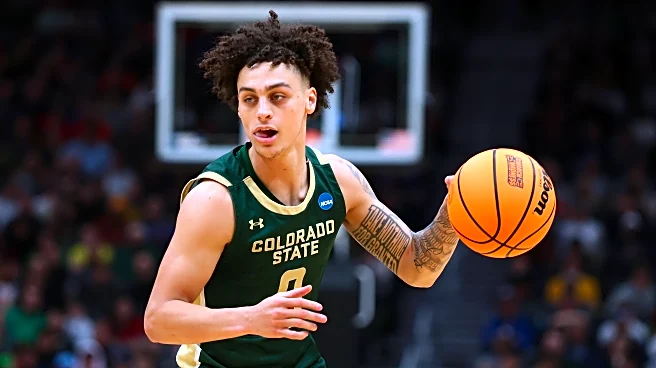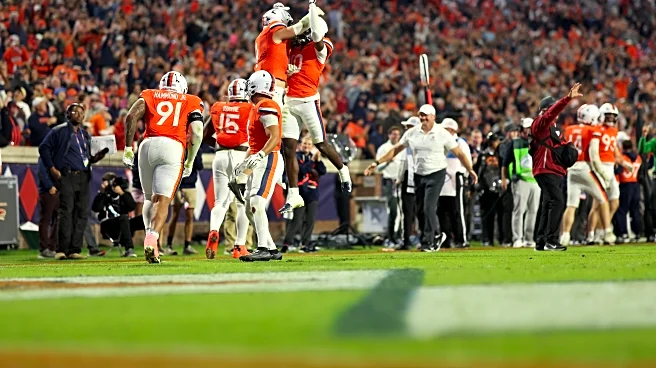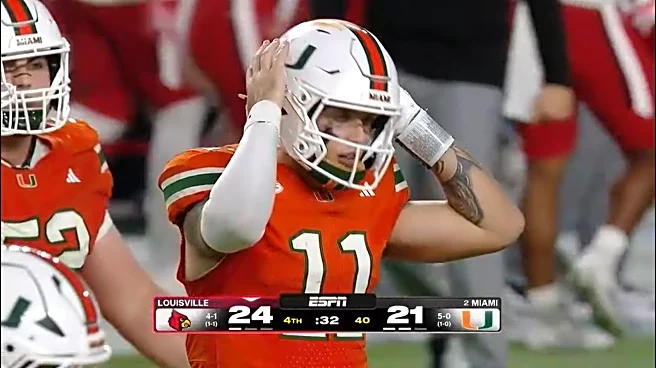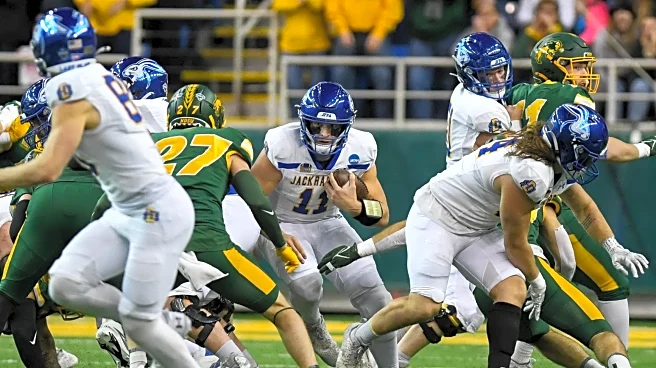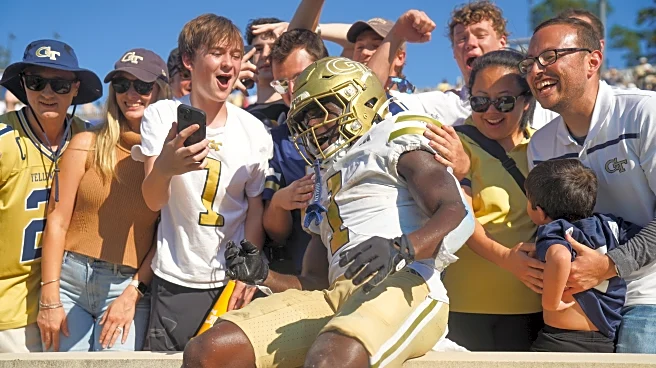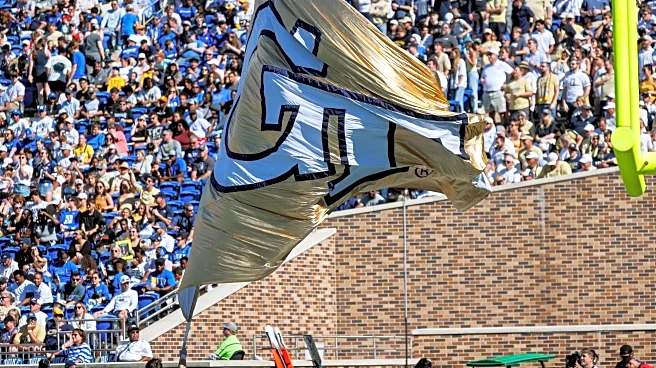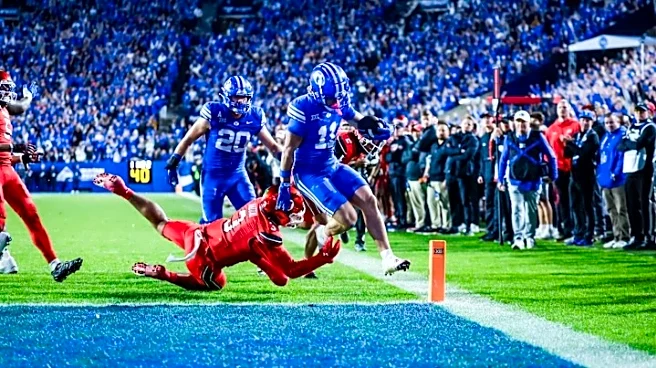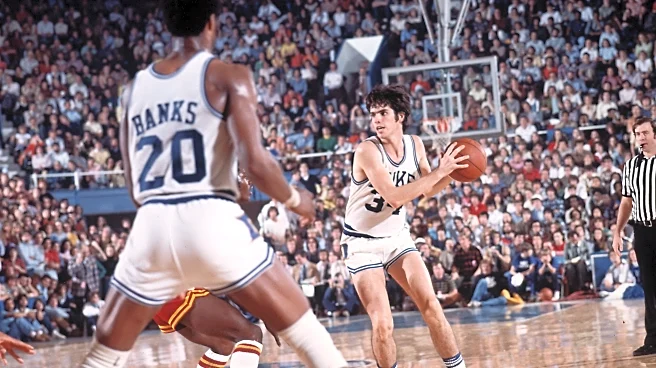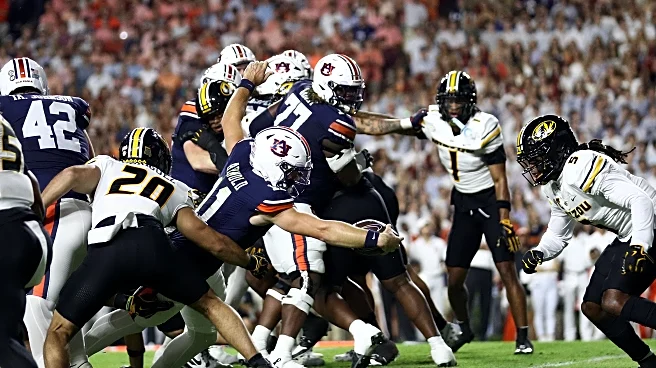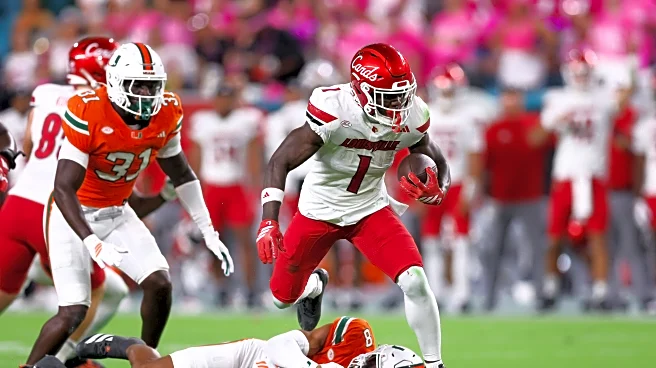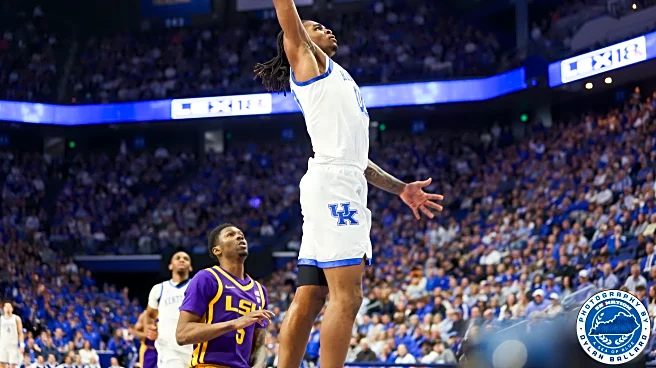We continue our journey through the UNC men’s basketball roster with a look at this year’s junior class. The class designation is a little arbitrary this year, because of the six players listed as juniors
on UNC’s roster, one is a former walk-on and the other five are transfers. I don’t think it’s incorrect to say that UNC fans are more familiar with the sophomores and even the freshmen on this roster than the juniors. That won’t be the case for long, as this class is expected to be a big part of what this team is able to do once the season starts. Consider this, then, as much an introduction as a preview.
Kyan Evans, G (6’2, 175)
Evans arrives in Chapel Hill from Colorado State, where he was a backcourt starter last year. He played more off the ball than on it in the Rams’ multi-ballhandler system, and his calling card was his shooting: 44.6% from three-point range on 4.4 attempts per game, shooting well both off the catch and off the bounce. It’s especially heartening to see that latter aspect; quality off-the-dribble shooting suggests a jumper that will more easily translate to a higher level of competition than we’ve seen from most of the mid-major transfers that UNC has brought in as shooters. He showed some ballhandling and passing chops as a secondary creator next to Nique Clifford, but also had a fairly high turnover rate, so it could be an adventure if he’s the starting point guard and asked to shoulder the bulk of the playmaking load for this team — but his shooting and knack for creating space off the ball, as well as his experience in a strong defensive system, are tools that will help this team right away.
Jaydon Young, G (6’4, 200)
After two years at Virginia Tech, Young is closer to home as an upperclassman: he was born in Goldsboro and went to high school in Greensboro. The big shooting guard was a key reserve for the Hokies last year, playing 22 minutes a game. He wasn’t very efficient on offense, shooting just 35% from the floor and 30% from 3 (on 5 attempts a game!), but has a positive reputation as an energy guy who can create shots for himself and others if the offense is stagnant, rebounds his position with authority, and takes on tough defensive assignments. If his gunslinger mentality can be reined in a little with what’s likely to be a reduced role from what he had in Blacksburg, it’s easy to see that kind of player being useful off the bench in spurts. That’s not a small “if,” though.
Luka Bogavac, G/F (6’6, 215)
Certainly Bogavac made the longest trip of anybody to get to Chapel Hill; he played last year in his home country of Montenegro, for SC Derby Pogdorico of the Adriatic Basketball Association. He was a key player for them, averaging 15 points per game as a 40% three-point shooter. When his intention to transfer to UNC was first announced, his shooting was the primary point of focus for a lot of the press. It makes sense, given both UNC’s struggles from the perimeter for much of last year and the stereotypes that we Americans have of European wings. When I actually watched him play, though, I was pleasantly surprised by how much more there is to his game than a pretty jump shot.
First of all, like Evans, he showed comfort shooting off the dribble and off the catch, though I don’t think he’s as good coming off screens or other full-speed situations as Evans. Second, he’s got very good feel as a ballhandler and passer; he reads the floor well and can make the right play in pick-and-roll situations even if he’s not a point guard per se. He’s not afraid to attack the rim and try to score at all three levels, either, but his limited athleticism made that hard for him in the ABA and it’s not going to be easier in the ACC. Defense will also be an adventure; he’s got the size and attitude to be decent, but that lack of bounce and agility could be taken advantage of in some situations. At minimum, that jumper will play. He’ll have one of the cleanest releases we’ve seen in Chapel Hill for some time.
Jarin Stevenson, F (6’10, 215)
Stevenson is another player on this list whose transfer can be described as a homecoming, him even more so than Young. The Chapel Hill native whose mother played basketball at UNC started his career at Alabama, but has found his way back to Chapel Hill as a junior. Stevenson was a fairly frustrating player for a lot of Tide fans, as he didn’t use his size as much as it seemed he should on offense. He took twice as many threes as twos, shooting just 30%, and didn’t do a lot of work in the post when his size and mobility should have given him plenty of advantage against power forwards and small forwards alike. He did flash the ability to take opposing bigs from the arc to the basket and finish at the rim — he actually shot 66% from inside the arc as a sophomore, often in one-on-one situations just like that but also with his soft touch in midrange situations. So there’s room for optimism that if he can be placed in and accept a modified offensive role, there’s real upside there.
There’s much more to like right now about the rest of his game. Stevenson is a very good and switchable defender, with the feet and hips to guard wings on the perimeter and the size, strength, and length to stand up and contest bigs in the post. And he absolutely revels in doing the dirty work, whether that’s setting screens, getting on the floor for loose balls, or crashing the glass. Those aspects make him a winning player right now; it’s up to the offense to catch up to see how much he’ll be able to make them count.
Henri Veesar, C (7’0, 225)
Veesar opened a lot of eyes in his last game for Arizona last year, coming off the bench and playing increased minutes with the Wildcats’ starting center in foul trouble against Duke. He more than held his own against that vaunted frontcourt, scoring 13 points on 3/6 shooting (7/8 from the free-throw line) to go with 6 rebounds and a block in his 28 minutes. His timely scoring and foul-drawing helped keep Zona in that game throughout. He was actually that good off the bench for Arizona for most of last year, averaging 9.4 points, 5 rebounds, 1.3 assists, and 1.1 blocks per game in just 21 minutes. He shot 67% from two and 33% from three-point range. He’s kind of the archetype of a modern center, with his size, soft hands and touch around the basket, passing ability out of the post, rim protection, and at least moderate floor-stretching ability. On a rate basis, he was one of the best offensive rebounders in the country last year, which should quickly endear him to both UNC’s coaches and fans.
He plays with some nasty and gives as good as he gets in the post, but he’s not the strongest player in the world and did struggle against some of the bigger and more physical bigs that he encountered last year; his size plays more on defense than offense. For all of his skills, winning one-on-one on the block the way that UNC bigs have traditionally been asked to do is not really one of them. He wins more by cutting or driving to the basket, with quick counter moves 5-8 feet away, or by cleaning up misses. That’s a profile that can definitely work to success, but it will require the coaching staff knowing the kind of player he is and isn’t.
Evan Smith, G (6’1, 195)
Smith is a former junior varsity player who’s listed on the roster this season. There’s not a lot of information out there on him, but he raised eyebrows and then some at the Blue-White game this fall with his play. The Charlotte native probably won’t see a lot of time barring injury, but even based on just that glimpse, I wouldn’t count him out entirely. We’ve seen this kind of player be huge for UNC in key moments before.
